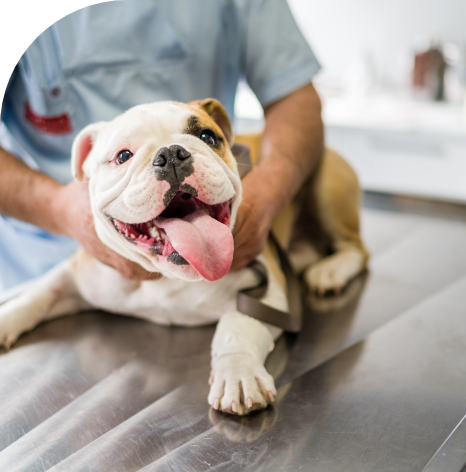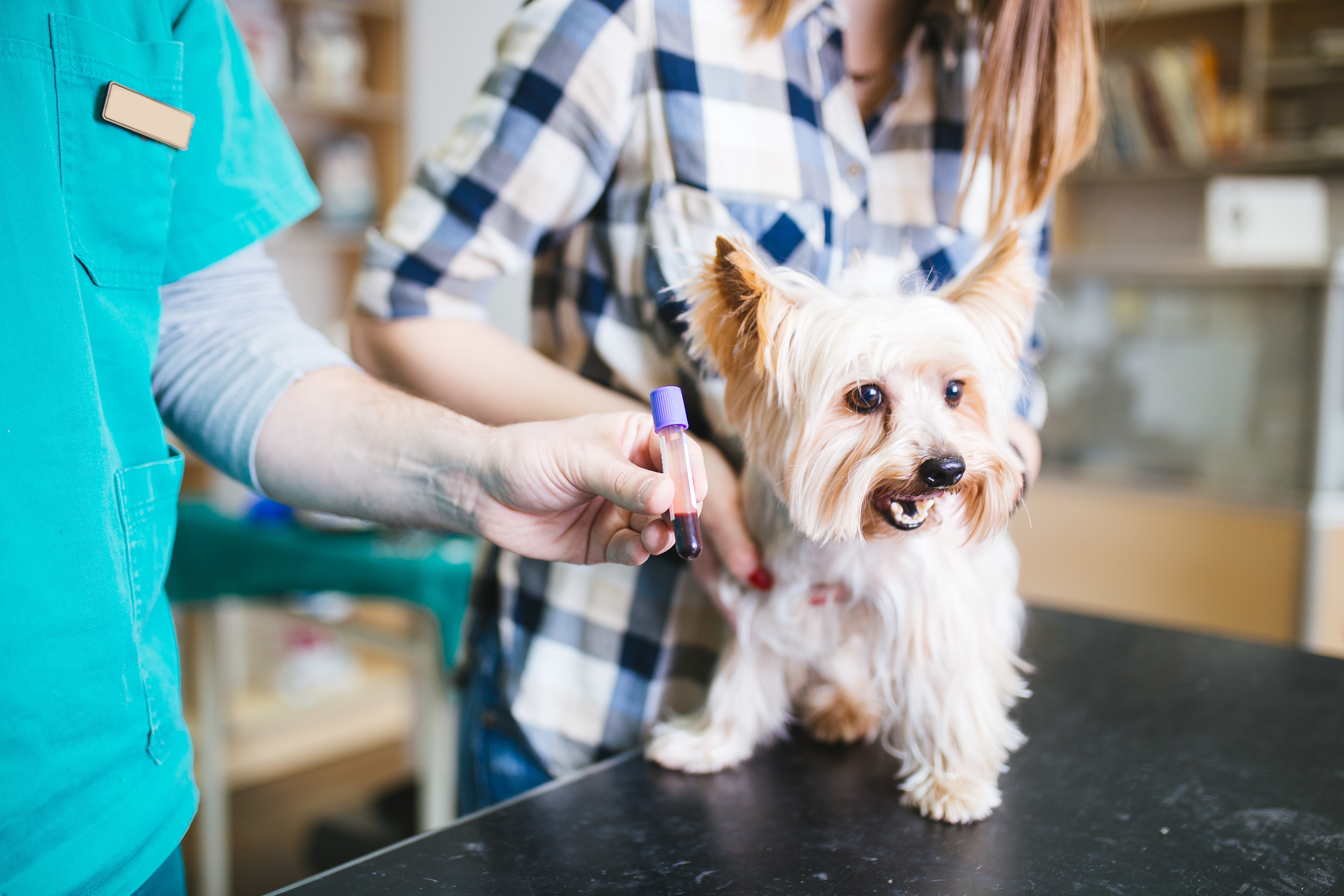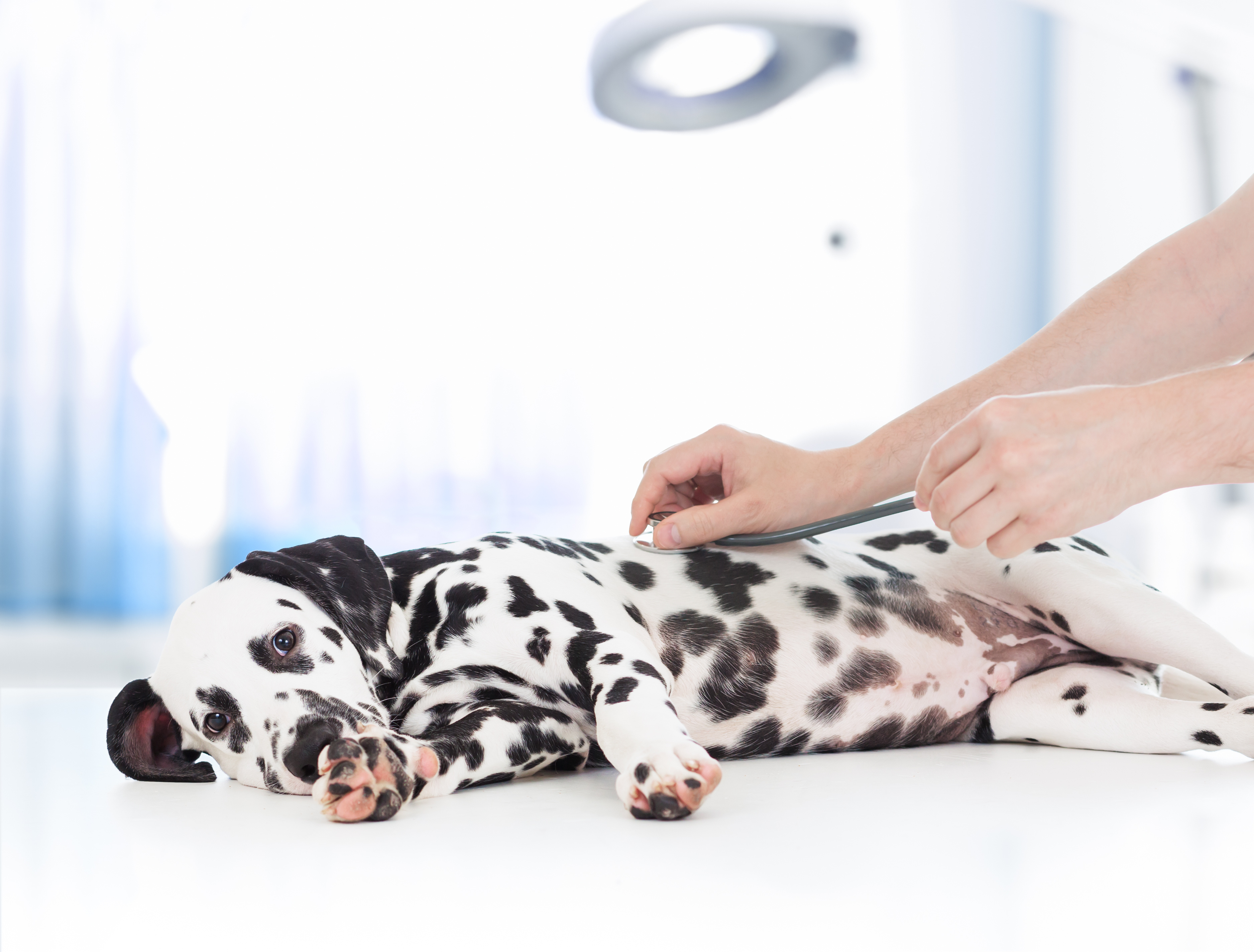Home | Surgeries | Veterinary Oncological Surgery
Veterinary Oncological Surgery
Advanced Veterinary Oncological Surgeries in Michigan
At Canton Animal Hospital, we understand that a cancer diagnosis in your pet can be overwhelming. Our experienced veterinary team offer advanced oncological surgeries for dogs and cats, offering cutting-edge surgical techniques to remove tumors, manage cancer, and improve your pet’s quality of life.
Surgical oncology is one of the most effective treatment methods for removing localized tumors and can sometimes fully eliminate cancer. However, in cases where complete removal is not possible, surgery can still provide significant relief by reducing tumor size and enhancing the effectiveness of other treatments like chemotherapy or radiation. Our approach is focused on precision, safety, and compassionate care, ensuring the best possible outcome for your pet.
Before recommending surgery, our team conducts comprehensive diagnostics to determine the type and extent of the tumor. This may include bloodwork, biopsies, ultrasound, CT scans, MRI, or X-rays to develop a tailored surgical plan.
Signs Your Pet May Have Cancer
Unexplained lumps or swelling
Persistent sores or wounds that don’t heal
Loss of appetite and unexplained weight loss
Difficulty eating, chewing, or swallowing
Lethargy and reduced activity
Abnormal bleeding or discharge
Difficulty breathing or persistent coughing
Common Oncological Surgeries We Perform
Complete Cancer Removal – Full excision of localized tumors to eliminate cancer when possible.
Debulking Surgery – Partial tumor removal when complete excision is not feasible, improving the effectiveness of chemotherapy or radiation.
Exploratory Surgery – Internal evaluation to assess tumor location, size, and treatment options.
Skin & Subcutaneous Tumor Removal – Excision of external lumps and masses on the skin.
Mammary Tumor Surgery – Removal of cancerous mammary gland tumors in female pets.
Oral & Jaw Tumor Surgery – Surgical treatment for oral cancer affecting the mouth and jaw.
Limb Amputation for Cancer – Removal of cancer-affected limbs to prevent disease spread and relieve pain.
Internal Organ Tumor Excision – Precise removal of tumors affecting the liver, spleen, intestines, and other vital organs.
Featured Resources

We Welcome New Patients!
We're always happy to give your furry friend care at our hospital. Get in touch today!
Contact UsPost-Surgery Care & Recovery
Pain Management & Medication – Ensuring comfort with prescribed pain relievers and anti-inflammatory medications.
Restricted Activity & Rest – Limited movement to support healing and prevent surgical complications.
Wound & Incision Care – Regular monitoring for swelling, redness, or discharge.
Nutritional Support – A balanced diet to strengthen the immune system and promote recovery.
Follow-Up Testing & Monitoring – Regular checkups to assess healing and detect any signs of recurrence.
Why Choose Canton Animal Hospital for Pet Cancer Surgery?
Experienced Veterinarian– Provide surgical oncology with expertise in cancer removal procedures.
Advanced Diagnostic Imaging – CT scans, MRI, and ultrasound are recommended for precise tumor evaluation and surgical planning.
Comprehensive Cancer Treatment Plans – Integration of surgery with chemotherapy or radiation for optimal results collaborated with Oncologists.
Compassionate Aftercare & Support – Personalized recovery plans and follow-up monitoring to track progress.
Schedule a Veterinary Oncological Surgery Consultation
If your pet has been diagnosed with cancer, Canton Animal Hospital is here to provide expert oncological surgery and compassionate care.
Call us today or Book an Appointment Online to discuss your pet’s cancer treatment options.
Oncological Surgeries We Offer


Mast cell tumor removal in dogs eliminates cancerous growths, reducing the risk of spread and improving long-term health and quality of life.
Mammary tumor removal in dogs and cats eliminates cancerous or benign growths, improving health, comfort, and long-term survival outcomes.
Anal gland tumor removal in dogs eliminates cancerous growths, preventing discomfort, metastasis, and complications while improving quality of life.
Tumor removal and biopsy in pets diagnose and treat abnormal growths, ensuring early detection of cancer and improving overall health outcomes.
Limb amputation in pets removes a severely injured or cancerous limb, relieving pain and allowing a return to an active, pain-free life.
Oral tumor removal in dogs and cats treats cancerous or benign growths, preventing pain, difficulty eating, and further health complications.
Thyroid tumor removal in dogs and cats treats benign or cancerous growths, improving breathing, swallowing, and overall health outcomes.
Visceral vascular tumor removal eliminates tumors affecting internal organs, preventing rupture, internal bleeding, and life-threatening complications in pets.
Ear canal tumor removal in pets treats benign or cancerous growths, preventing pain, hearing loss, and potential spread of the disease.
Thyroidectomy surgically treats hyperthyroidism in cats by removing overactive thyroid glands, restoring hormone balance and improving overall health.
Adrenal gland tumor removal in pets eliminates cancerous or benign growths, restoring hormone balance and preventing life-threatening complications.
Related Articles about Surgeries
Is your pet scheduling surgery soon? Explore our resource center for additional articles that may be of interest.
Featured Resources

We Welcome New Patients!
We're always happy to give your furry friend care at our hospital. Get in touch today!
Contact UsHelpful Links
Additional Information





